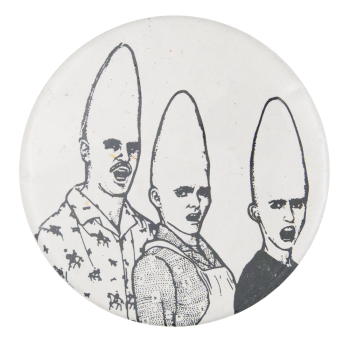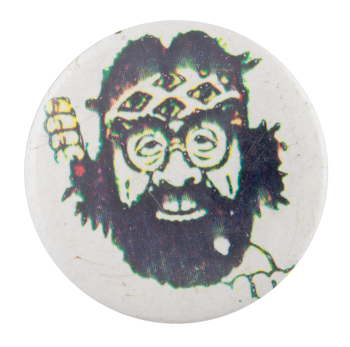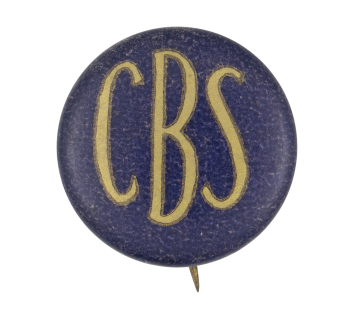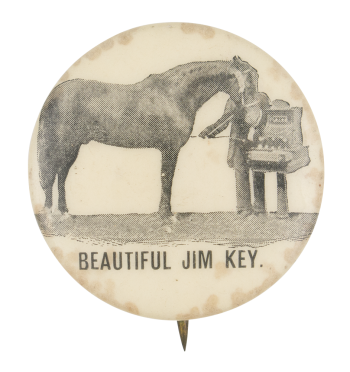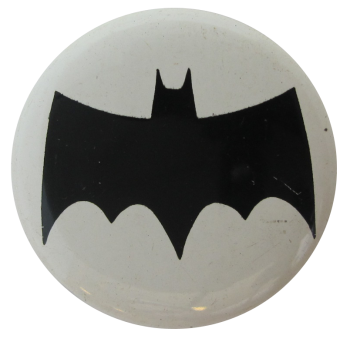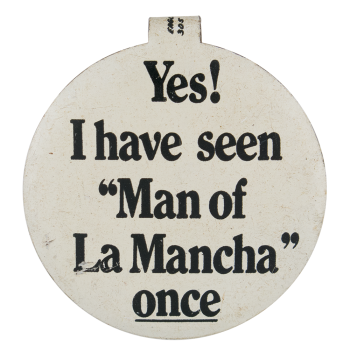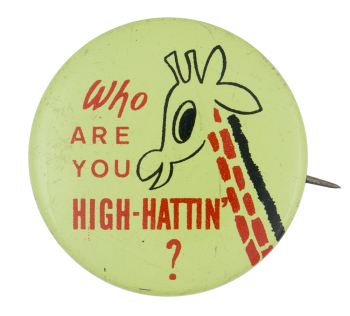Coneheads
| Category | |
|---|---|
| Additional Images | |
| Sub Categories | |
| Image Description | Black illustration of the Coneheads on white background. |
| Back Style | |
| The Shape | |
| The Size | |
| Year / Decade Made | |
| Additional Information | The Conehead family, from the recurring sketch series on Saturday Night Live, are a husband, wife and daughter played by Dan Aykroyd, Jane Curtin, and Laraine Newman respectively. The Coneheads are originally from the planet of Remulak and are stranded on Earth, but always say they are from France. A live-action film was released in 1993 based on the sketch starring the same actors from Saturday Night Live with the exception of Laraine Newman who was replaced by Michelle Burke. Coneheads was the third movie to be adapted from an SNL sketch, following the successful releases of Blues Brothers and Wayne's World. Unlike its predecessors, Coneheads was critically panned and was considered a flop; however, since its release, the movie has enjoyed a second life as a cult classic. |
| Sources |
Uytdewilligen, R. (2022, March 26). Saturday night live’s first movie failure: Why Coneheads bombed. ScreenRant. https://screenrant.com/snl-coneheads-sketch-movie-box-office-reviews-bad/ |
| Catalog ID | EN0005 |

